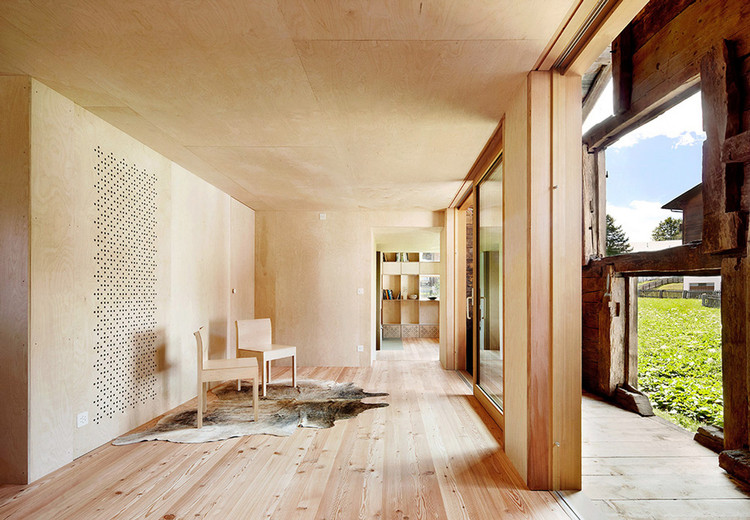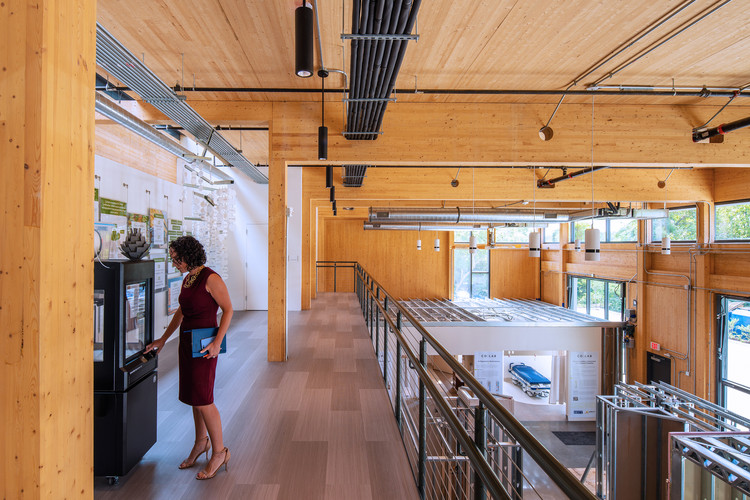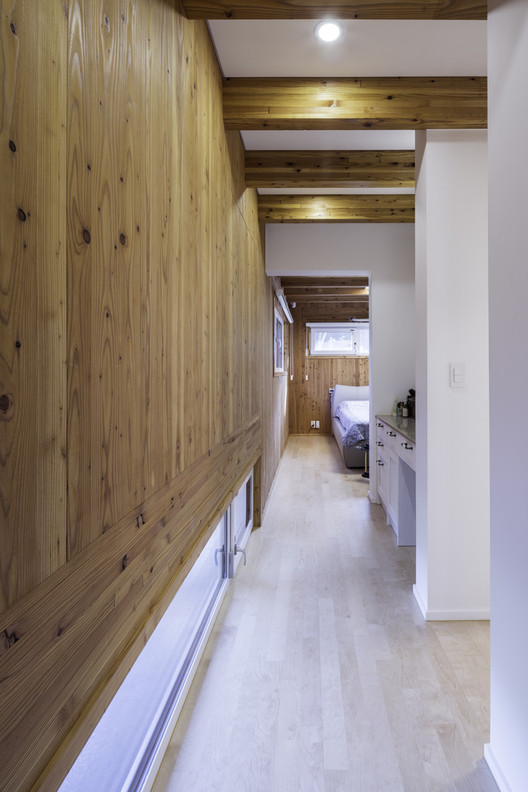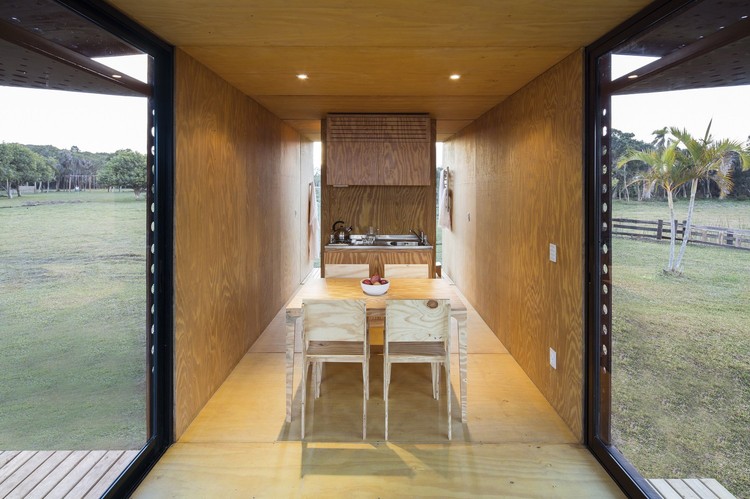
Since immemorial time, humans have constructed their shelter and homes using wood. Gradually these structures grew more complex, but wood has continued to play a fundamental role in architecture and construction. Today, especially due to growing concerns about climate change and carbon emissions, wood has been regaining significance as an important building material for the future, if used consciously and sustainably. Wood’s structural performance capabilities make it appropriate for a broad range of applications—from the light-duty repetitive framing common in low and mid-rise structures to the larger and heavier, often hybrid systems, used to build arenas, offices, universities and other buildings where long spans and tall walls are required.

Mass timber is a category of framing often using large panelized solid wood construction including cross-laminated timber (CLT), nail laminated timber (NLT), dowel-laminated timber (DLT), and glued laminated timber (glulam) panels for floor and wall framing. It offers exceptional stability and strength and have made wood a viable alternative to steel and concrete for many applications, including taller structures. As timber construction continues to rise, it is important to understand wood's proven performance when it comes to fire protection. Fire is a danger for all buildings and construction sites – regardless of building material. Fires start in the contents and furnishings we bring into our homes and offices, and occur in concrete, steel, masonry, and wood buildings alike, and all building materials experience negative impacts from prolonged exposure to flames. Steel buckles, concrete spalls, wood burns. What’s most important is building to code to ensure safe buildings for occupants and first responders.

Mass timber enables inherent fire resistance through the insulation of inner layers. When wood is exposed to fire, the exposed surface burns, creating a natural protective charred layer. Char acts as insulation, delaying the onset of heating of the core of wood below. Due to the solid block makeup of mass timber, air and fire are inhibited in their travel. Char forms at a predictable rate (1.5in/hr), which slows combustion, and the spread of fire.

Robust mass timber fire testing in recent years demonstrates the safety of this sustainable, renewable building material. Precisely, because of the structural and fire-resistant characteristics of CLT walls, floors, and solid wood structures, in 2016, the International Code Council established a committee of industry experts to examine and propose appropriate standards for this building system. Developments on this subject can be followed at this link. To assess fire behavior in these building systems, a series of rigorously monitored fire tests were developed that provided valuable data for the alteration of fire codes and regulations for tall wooden buildings. Each of the five simulated materials and situations are designed to replicate real-world conditions in five identical environment scenarios. A three-minute video capturing the highlights of each test is included in this playlist.


Research and analysis show that mass timber not only meets prescribed fire safety and safety codes, but can exceed them. In a fire test, a 7 inch thick (about 18 cm) wall of plaster coated Cross Laminated Wood (CLT) lasted 3 hours and 6 minutes. This result is an hour longer than current fire code requirements.

Fire Safety in Occupied Buildings
Fire departments are called to control fires in non-sprinklered buildings almost three times more often than buildings with adequate fire protection measures in place. Fires in sprinkler-protected buildings were smaller and contained to a single room over 96% of the time. Other important fire safety protection measures include:
- Consulting with Fire Departments
- Constructing Firewalls
- Using Gypsum Encapsulation
- Installing Automatic Sprinkler Systems
- Implementing Fire Detection Systems
- Developing Comprehensive Evacuation Plans

The increased use of exposed mass timber in multi-family and commercial buildings has created a need for greater understanding of the fire design procedures of these types of structures. Under the 2018 IBC, many mass timber products are permitted and multiple design routes exist for demonstrating compliance with fire-related provisions of the building code. Mass timber elements can be designed so a sufficient cross-section of wood remains to sustain the design loads for the required duration of fire exposure. This sets mass timber apart as a unique building material—one that is able to achieve structural performance and passive fire-resistance objectives for larger and taller wood buildings than ever before, while offering enhanced aesthetic value and environmental benefits.
For further information, download Think Wood's Fire Performance eBook and review WoodWorks' Fire Design of Mass Timber Members.











